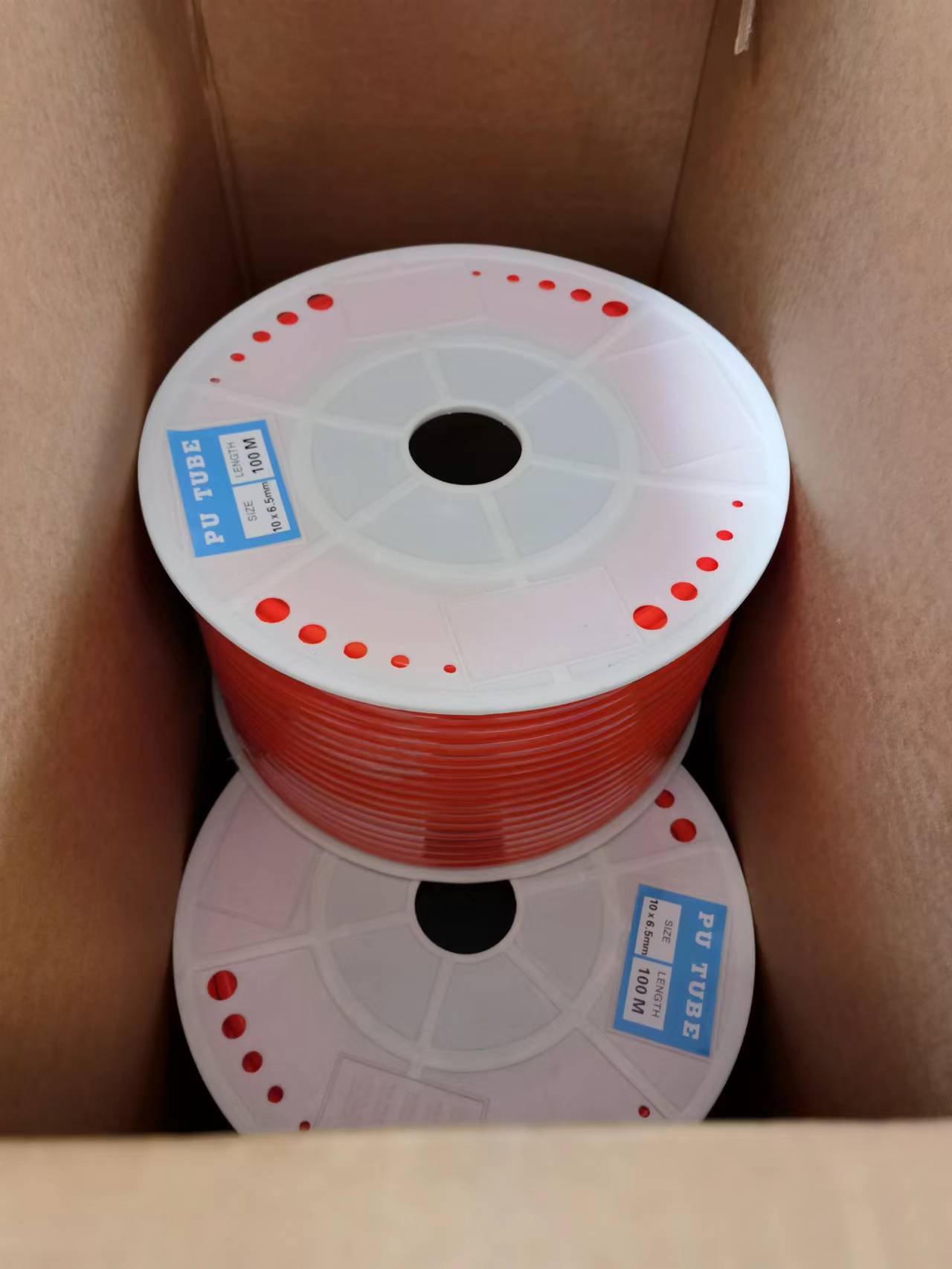Comparison of PVC Air Hose and Rubber Air Hose Performance and Durability
PVC Air Hose vs. Rubber Air Hose A Comprehensive Comparison
When it comes to selecting the right air hose for your needs, two of the most common options are PVC (polyvinyl chloride) and rubber. Each type has its unique characteristics, advantages, and disadvantages, making them suitable for different applications. In this article, we will compare PVC air hoses and rubber air hoses to help you make an informed decision.
Material Composition
PVC air hoses are made from polyvinyl chloride, a synthetic plastic polymer. This material is known for its flexibility, lightweight nature, and resistance to corrosion. On the other hand, rubber air hoses are made from natural or synthetic rubber, providing a more robust and durable solution. The choice of material significantly influences the performance, durability, and cost of the hoses.
Flexibility and Maneuverability
One of the standout features of PVC air hoses is their excellent flexibility, especially in colder temperatures. PVC hoses remain pliable, allowing for easy maneuvering in tight spaces. This quality makes them ideal for home or light commercial use where flexibility is required. However, rubber hoses also offer good flexibility, albeit not as high as PVC. They tend to remain flexible in diverse temperature conditions, making them suitable for a broader range of environments.
Durability and Longevity
When it comes to durability, rubber air hoses generally have the upper hand. They are more resistant to wear and tear, providing a longer lifespan when properly maintained. Rubber hoses are also less likely to crack or become brittle over time, even with regular exposure to UV rays and harsh chemicals. PVC air hoses, while still durable, can be more prone to damage under extreme conditions, such as high temperatures or significant physical stress.
pvc air hose vs rubber

Weight and Portability
PVC air hoses are significantly lighter than their rubber counterparts. This lightweight nature makes them easier to handle, transport, and store, which is a considerable advantage for professionals who need to move equipment frequently. However, the lighter weight of PVC hoses may compromise their durability, especially during heavy-duty usage. Rubber hoses, while heavier, offer a sturdy option that can withstand rigorous use.
Cost Considerations
Cost is a crucial factor for many when choosing an air hose. PVC hoses are typically less expensive than rubber hoses, making them a budget-friendly option for light to moderate use. If you are a DIY enthusiast or require an air hose for occasional use around the house, a PVC hose may suffice. Conversely, for professional environments or heavy-duty applications, investing in a rubber hose can provide better long-term value due to its superior durability.
Temperature Resistance
Temperature extremes can affect the performance of air hoses. Rubber hoses generally offer better resistance to high and low temperatures, maintaining flexibility and integrity in adverse conditions. PVC hoses may become stiff and less effective when exposed to extreme cold or heat, making them less versatile in certain environments.
Conclusion
In summary, the choice between PVC and rubber air hoses largely depends on your intended use and specific requirements. If you prioritize flexibility, lightweight designs, and cost-effectiveness for light applications, PVC air hoses are an excellent choice. However, if you're looking for durability, resistance to temperature extremes, and a long-lasting solution for heavy-duty tasks, rubber air hoses are likely the better option. By considering these factors and understanding the strengths and weaknesses of each material, you can choose the air hose that best fits your needs.
-
Welded Wire Mesh Panel: Durable, Versatile, and AffordableNewsJul.28,2025
-
Top Quality Oxy Acetylene Hoses for Sale Fit for Welding DemandsNewsJul.28,2025
-
The Future of Pneumatic Air Tubes in IndustryNewsJul.28,2025
-
Superior and Reliable LPG Hose Pipe Solutions for Every NeedNewsJul.28,2025
-
Exceptionally Durable and Versatile Premium Braided PVC TubingNewsJul.28,2025
-
Best Adapters for Connecting Garden Hose to PVC Pipe ConnectionsNewsJul.28,2025














